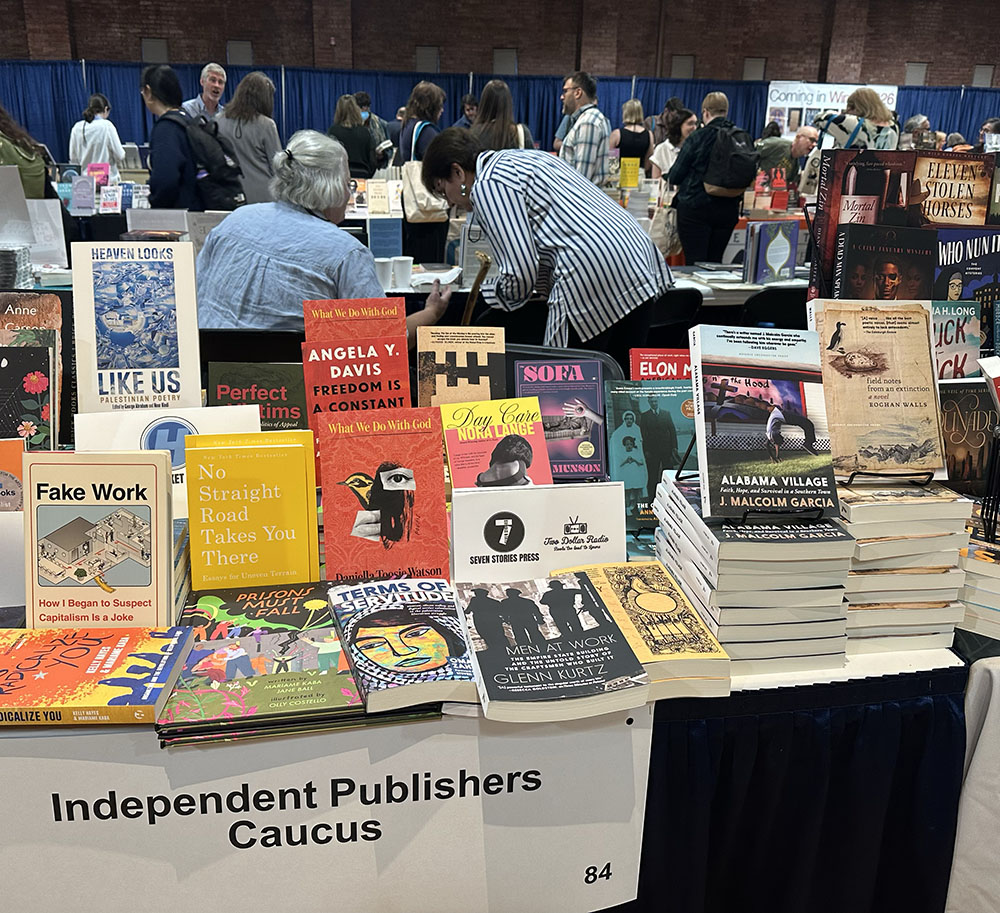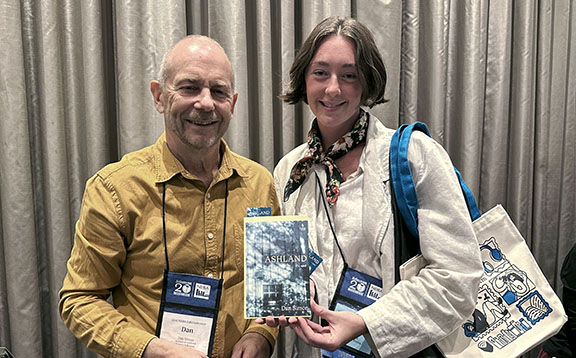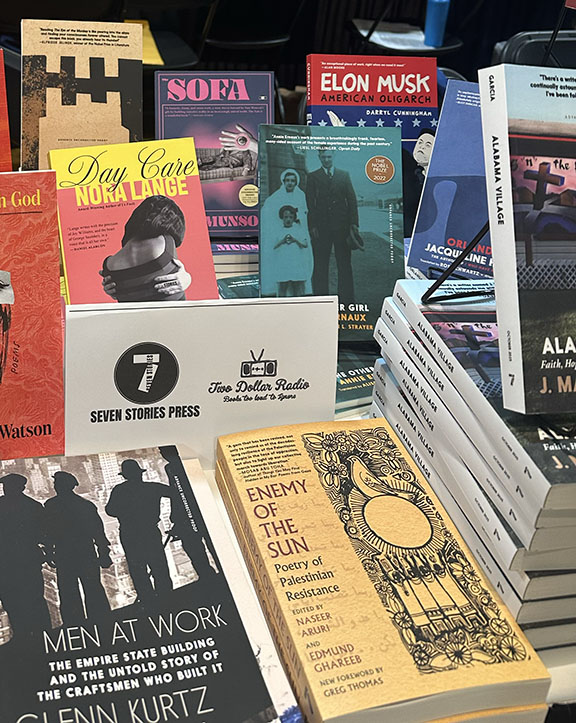To celebrate the release of Eye of the Monkey by Krisztina Tóth, translated from Hungarian by Ottilie Mulzet, we're excited to share an excerpt from the novel, praised by 2025 Nobel Prize in Literature winner László Krasznahorkai: “Krisztina Tóth is irredeemably a poet. This is revealed by every element of her latest novel. … [She] is a magnificent artist; receive her as such.”
In this selection, taken from the very start of the book, one of the book's protagonists, Giselle, a professor at a local university, notices that a man is following her on her commute home from work.
ROAD SOAKED WITH RAIN
I rushed to a different metro car, but the man following me saw where I was going. He was right behind me. He lowered himself into the seat opposite, staring at me fixedly. I tried to avoid his gaze, not to encourage him with eye contact. I know that at times like this, the worst thing is to look directly at someone: The returned gaze will only egg him on. The one following will find evidence to support their delusions, a mirror of their own disturbed feelings. I was used to seeing strange characters roaming around the city. Loud and foulmouthed, looking for trouble. You had to avoid their gaze. I’d already been recognized a few times. The university where I work uses instructors’ photographs to recruit new students: This was annoying to some of its employees. I knew all too well about the troubled kids in the closed districts. There was nothing I could do about that. But this boy wasn’t from one of the segregation zones, of that I was sure.
I didn’t look up but only kept staring off to the side, into the air, toward the end of the metro car. Even so, I noticed a few details of his physical appearance: for example, his nails, bitten right down to the ends. His hands weren’t ugly, but the tortured nails, chewed until bloody, looked alarming. The crack-brained gaze of his large brown eyes was frightening, the dark rings under his eyes. The matted hair falling onto his forehead. It crossed my mind that perhaps he really was insane, perhaps I should press the alarm to summon a security guard, or at least jump up and run to the other end of the car where there were a few more people. Sitting near me there was only a middle-aged woman, I noticed as I looked around, with a pink handbag too bright for her age, and an adolescent boy with earplugs, lost in his own world.
I sensed from the guy’s alert body posture that there was no point in my changing seats—he would be right behind me, making this impossible chase even more unambiguous and terrifying. If he got closer, I’d panic, I’d tear into him, demanding an explanation. Absurd. Instead, I stared at the hanging straps, the ads on the metro car walls. As of late, the trains no longer stopped in the more dangerous districts where the poor lived. The metro entrances, in those areas, had all been closed. The main TV station broadcast disquieting images every single night of the homeless as they pried open the bars or tore them out using ropes. Some people even managed to drag away the steel frames with cars, forcing their way into the metro stations, howling bestially. When the cold weather came last year, the police—who ended up retreating—couldn’t clear the thronging crowds from the stations as they lit fires in oil drums and put down their pieces of cardboard on the chipped marble slabs. At the former Palace of Culture stop, they pelted the passing trains. The station had to be cleared out with tear gas, counterterrorism units. Many unfortunate and drugged outcasts wandered around the city, talking and shouting to themselves, but the boy sitting across from me didn’t look like he was using, and no matter how convenient an explanation it would be, he didn’t seem crazy. So what did he want?
He’d been following me around for days already, turning up here and there in my neighborhood. It only became clear that this was no mere coincidence, but that he really was stalking me, or at the very least following me, when I got onto the metro that day.
I’d seen him for the first time a few weeks ago, as still as a statue in front of the university. Thrice weekly I teach in this hideous cement colossus. Built two years ago, it’s called the New University. Four glass elevators travel up and down the facade, completely obscuring the streets behind it. He was standing in front of the entrance, an enormous automatic door surrounded by columns. Just another student, I thought. I was still thinking that when I hurried by him for the second or third time, his gaze fixed greedily on my face. Exam time was approaching, and I thought he was a student who hadn’t shown up to class, finally realizing the extent of his absences. He wanted some test sheets, or who knew—exoneration, advice, a favor.
As I was leaving the building’s echoing entrance hall and glimpsed him standing by the automatic door, I got a bad feeling. Then he disappeared for a few days, and I relaxed. I went back to my usual daily routes, almost forgetting about him. Maybe two weeks went by; then he appeared again by the metro exit. I recognized him immediately. He was in front of the newsprint kiosk, where my husband usually bought his newspapers.
Only two newspapers were on sale now, but all the same, during the week my husband bought them, leaving them on his writing desk, placing the extra coins in a small dish of green glass as he’d always done. Even on Saturday mornings, he still came out here and paid for the newspapers: He read out the headlines to me in inchoate rage, then crammed the papers into the garbage can. I asked him at least not to crumple them up because I could use them when cleaning vegetables. Or not to buy them. But he was incapable of renouncing his rituals. So much had changed in our lives, and it was these rituals that kept him from falling apart. His habits, routes, movements were a handhold; without them, he might lose his sense of orientation completely. We had lived in this neighborhood for decades, and although so many things had recently closed or been torn down, whenever I stepped out from the metro underpass, I still had a feeling of coming home.
But now, here was this boy. Exactly here, on this small square. To reassure myself, I kept repeating like a mantra that maybe he too lived here and was headed home. That explained why he recognized me. I had many colleagues in this neighborhood, I tried to convince myself. Why couldn’t he be living here somewhere close by as well?
Of late, it had grown increasingly difficult for me to register the faces of my students. I teach them for only one year and hardly have any personal interactions with them. I especially tend to mix up the trendy ones, they all look so much alike. With their cropped hair, tight-fitting pants, sometimes with the same eyeglasses as well. The girls are even more uniform, their haircuts and clothes identical.
But this guy was somehow different. I was struck by that from the very beginning. His hair was dark, somewhat unkempt, his skin was dark too—tanned. His gaze was penetrating, almost exalted.
Right after I stepped out of the metro car, he did as well. He was hurrying after me. I knew now for certain that I was being followed, and as I quickened my steps, my hastened tempo must have looked like an attempt at escape. At the bottom of the metro staircase, I came to a stop, abruptly changed direction, and got in line in front of a pizza stand. I stealthily glanced to the side to check if he had gone on. I didn’t even want to look at him, and yet an invisible, wide-open eye in the back of my neck told me that yes, he was still there. I would have liked to turn around and ask him directly what the hell he wanted, but the anxiety swelling in my chest proved stronger than my curiosity. I knew why: The deep, tormented wrinkle cutting across the boy’s forehead did not bode well. A few tiny signs, his fragmented movements, or the strange impeded facial tics surely betrayed latent madness. And that oblique, agonized crease sent a message to me that this guy did not have things under control mentally, and that I could be in real danger.
I ordered a pizza slice with arugula. I fumbled to find the small change in my wallet as the girl with a tongue piercing behind the counter looked impatiently at the people waiting behind me. The pizza was cold and tasteless, almost inedible. I chewed, feigning indifference, staring at the passersby, sometimes sneaking a look to the side to see if the boy was still there. We both knew that I saw him, and in my nervousness, I began to panic. Dropping the paper napkin, I clumsily bent down for it.
The sound of a thunderclap mixed with the echoing roar of the departing and arriving trains.
People walking down the steps into the metro shook out their sodden umbrellas; those without umbrellas wiped the rainwater from their foreheads with the sides of their hands. There must have been a downpour. The entire afternoon the air had been thick, as if portending a storm, but as I began my commute home no cloudburst seemed imminent, as if it were going to bypass the city.
I finished the pizza, folding the thick, inedible crusts into the paper plate and tossing them into a bin. I had to hurry: my pursuer might make up his mind to approach me. He was still there, I sensed it, I even glimpsed his back. This storm had come right in time for him, for he was standing outside, at the top of the stairs, beneath the metro entrance’s concrete eaves, squeezed in among other passengers, as if he too were only waiting for the rain to stop. I realized I could turn around, get back on the metro, and easily shake him off. And immediately, I was enraged with myself. What an absurd situation, I thought. I’ve been on my feet since early morning with two thick folders of tests in my bag to be marked up, my shoulders aching with tiredness, and now my own idiotic anxieties were stopping me from getting home. Well, no. I walked around the people waiting beneath the eaves and stepped into the downpour.
The rain was falling obliquely in torrents, the stallholders on the crowded square were hurriedly pulling tarpaulins over their stands. I picked up my pace, but within seconds my clothes were soaked through, my skirt clinging to my hips, my shoes filled with water, the rain dripping down my forehead. Blinking, I waited for the light to turn green. The cars had all turned on their headlights; behind the windshield wipers of one, I saw a man’s blurred face. Leaning forward, I ran, heard the thunder—I was trying to get to the medical clinic on the other side of the street where I could take shelter on the steps. My bag was also soaking; my laptop was in there, and I was worried about everything getting wet.
As I dashed across the sidewalk, I felt someone approaching, then felt someone grab my arm, as if they wanted to keep me there, in the middle of the street, bubbles welling up on the road from the pounding rain.
I knew immediately that it was him—the guy from the metro. He stood there on the crosswalk before me in the pouring rain, in his shirt, yelling at me to stop. The light changed, the cars began moving, somebody honked at us.
My strength gave out, I turned around to face him; trying to outshout the rumbling of the rain, I asked him what he wanted. He looked at me with this penetrating gaze, both of us drenched through and through, and answered:
I have to speak to you. You are my mother.



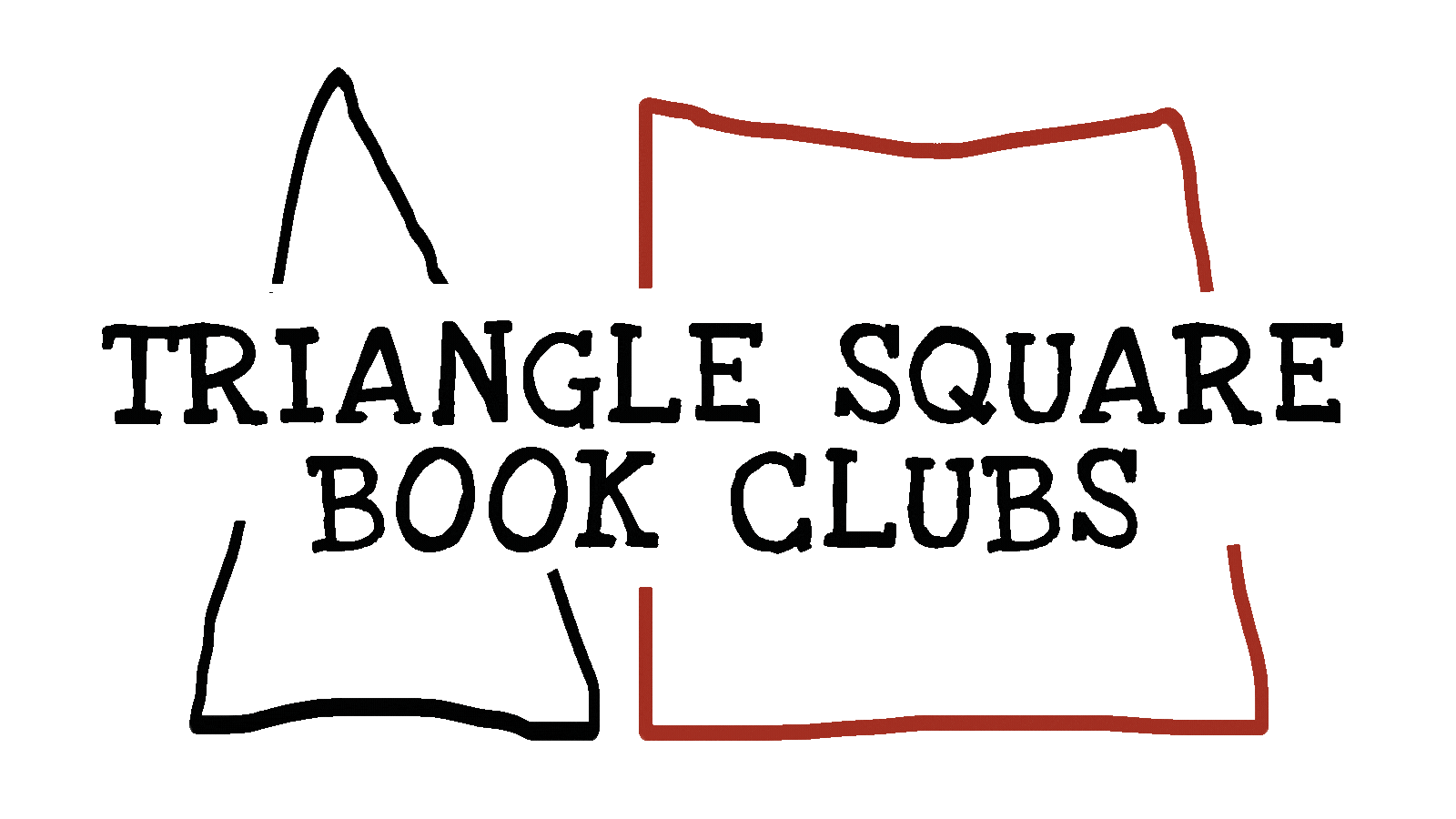
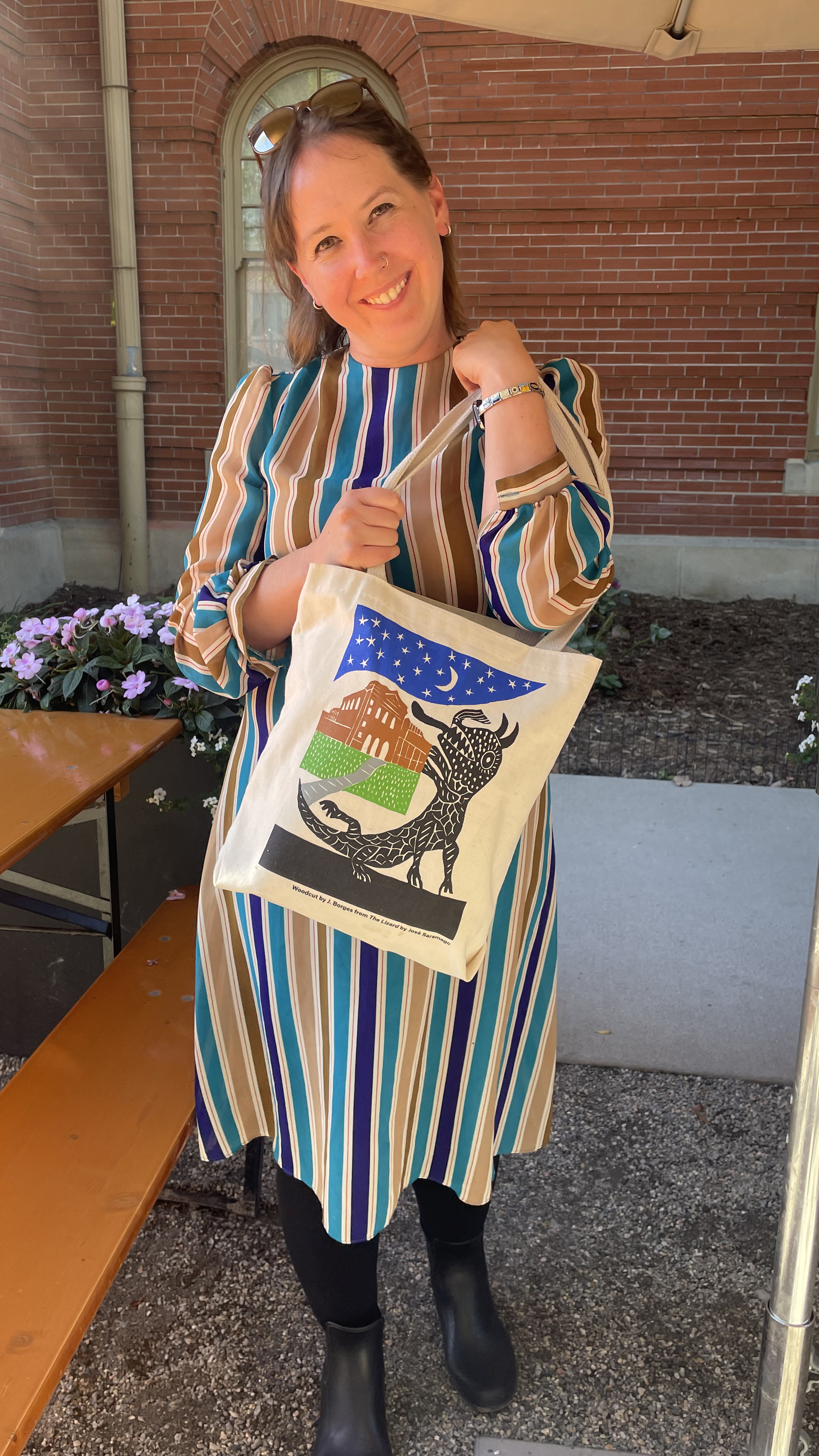
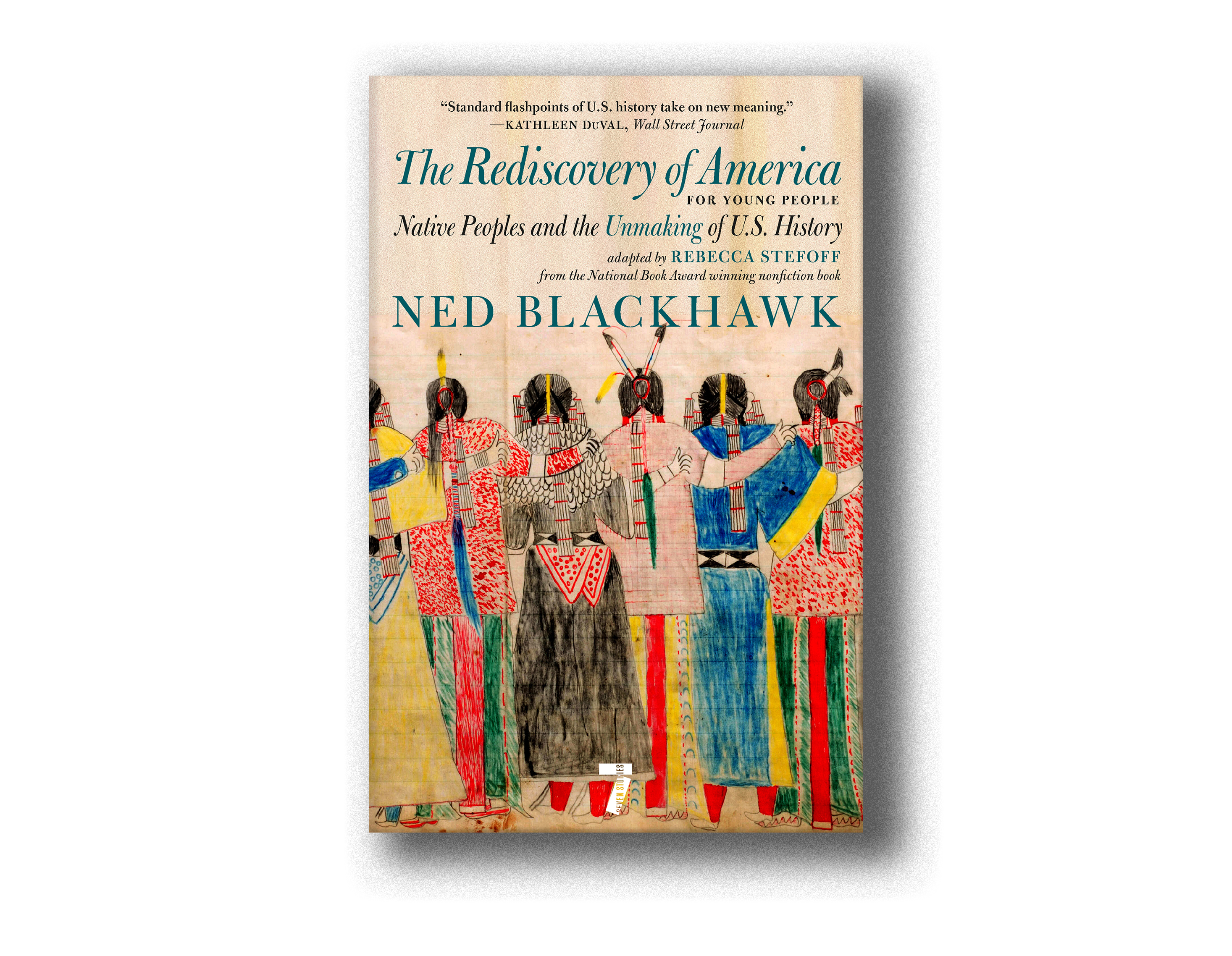
 British-Egyptian writer Alaa Abd el-Fattah, author of You Have Not Yet Been Defeated, was released last night from Wadi El-Natrun prison in Egypt and has since been reunited with his mother and one of his sisters in Cairo.
British-Egyptian writer Alaa Abd el-Fattah, author of You Have Not Yet Been Defeated, was released last night from Wadi El-Natrun prison in Egypt and has since been reunited with his mother and one of his sisters in Cairo. 